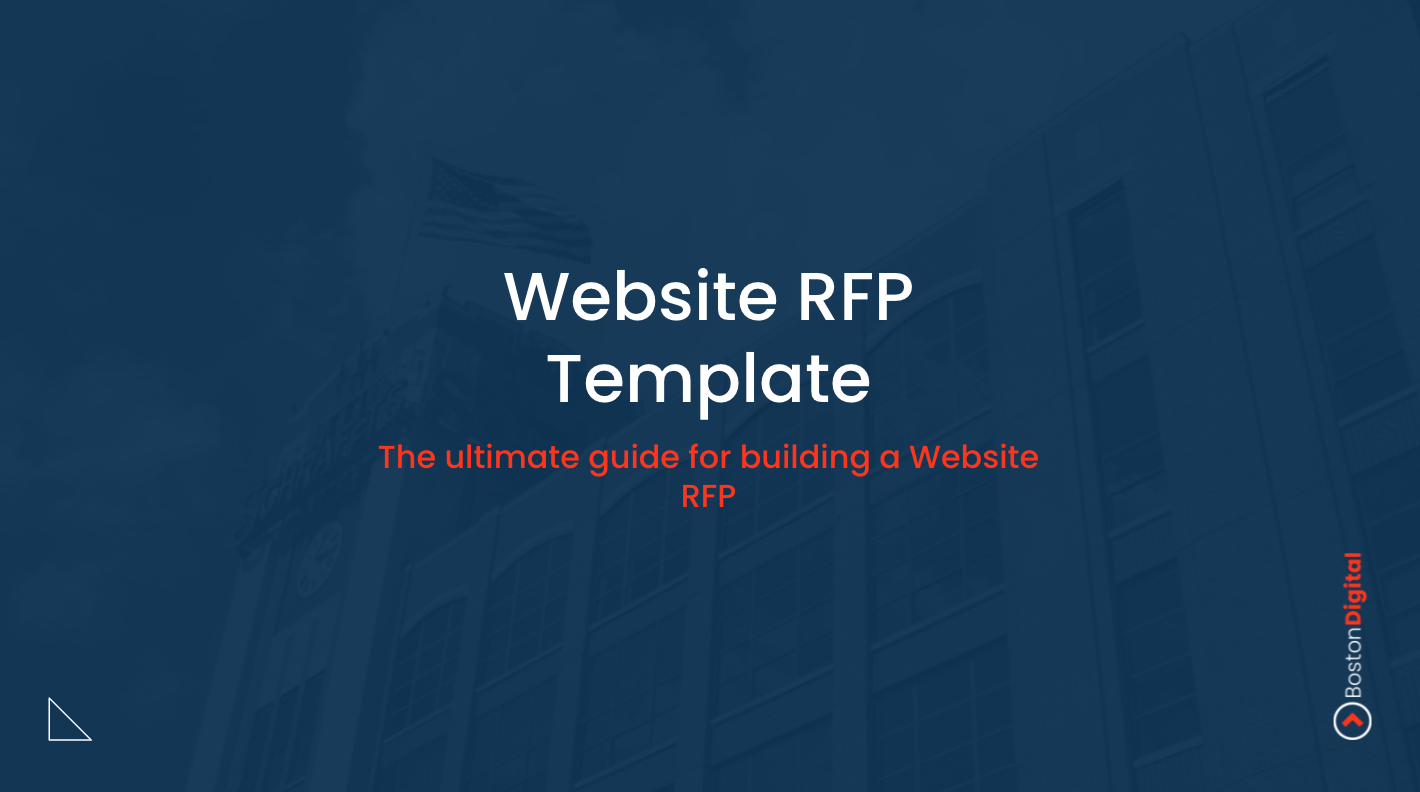With Halloween just around the corner and spooky season in full swing, it feels only natural to highlight the most terrifying mistakes people make with regards to website design. In the digital age, a well-designed website is crucial for any business or individual looking to make an impact online. However, there are some truly questionable mistakes that designers and website owners often make. These errors can lead to lost traffic, frustrated users, and ultimately, a tarnished online reputation. Let’s delve into the five scariest things people do wrong with website design.
Ignoring Mobile Responsiveness
One of the most terrifying blunders in website design is neglecting mobile responsiveness. With a majority of internet traffic coming from mobile devices, failing to optimize a site for various screen sizes is a grave mistake. Non-responsive sites appear distorted, unreadable, and frustrating to users, resulting in high bounce rates and lost potential customers. It’s essential to prioritize mobile-friendly design elements to ensure seamless user experiences across all platforms.
Neglecting Page Load Speed
A slow-loading website is the stuff of nightmares for users. Research shows that users abandon a site if it takes more than three seconds to load. This can lead to a significant loss in conversions, as well as negatively impacting search engine rankings. Compressing images, minimizing server requests, and utilizing efficient coding practices are just a few ways to boost page load speed and keep visitors engaged, make sure to look out for this one.
Cluttered and Confusing Layouts
Designers sometimes fall into the trap of overloading a website with information, graphics, and features, thinking it will impress visitors. However, this often leads to a cluttered and confusing user interface. Users should be able to navigate a website effortlessly, finding the information they need within seconds. A cluttered layout hinders this process and can drive potential customers away. Clear, concise, and intuitive designs are key to a successful website. Pop-ups can be a useful tool for capturing leads or conveying important messages, however, bombarding users with excessive pop-ups can be highly annoying and disruptive. This can lead to frustration and deter visitors from engaging with your content. Use pop-ups sparingly and ensure they provide genuine value to the user.
Neglecting SEO Best Practices
A spine-chilling mistake in website design is ignoring search engine optimization (SEO) principles. Without proper optimization, a website can become lost in the vast online landscape, making it nearly impossible for users to find. Neglecting critical elements like meta tags, alt attributes, and proper keyword usage can lead to poor search engine rankings. A well-optimized website, on the other hand, ensures visibility and attracts organic traffic.
Forgetting About Accessibility
Failing to consider accessibility features is a grave error in website design. Accessibility ensures that all users, including those with disabilities, can navigate and interact with a site effectively. Neglecting features like alt text for images, proper heading structures, and keyboard navigation options can alienate a significant portion of the audience. Designers should prioritize inclusive design practices to create a website that is accessible to everyone.
Using Irrelevant or Poor-Quality Content
Content is king in the online world, and using irrelevant or low-quality content can harm your website’s credibility and reputation, as well as takeaway from the power of your message. Always strive for high-quality, relevant, and original content that provides value to your audience. Avoid keyword stuffing and focus on providing informative and engaging material.
By avoiding these scary pitfalls and prioritizing user experience through prioritizing mobile responsiveness, implementing SEO practices, and maintaining clear design, designers can create websites that not only captivate visitors but also drive traffic, conversions, and success. Remember, a well-designed website is the foundation of a strong online presence, so it’s crucial to approach the design process with care, attention to detail, and a commitment to best practices. Don’t be fooled into these traps, it’s scary enough out there!










